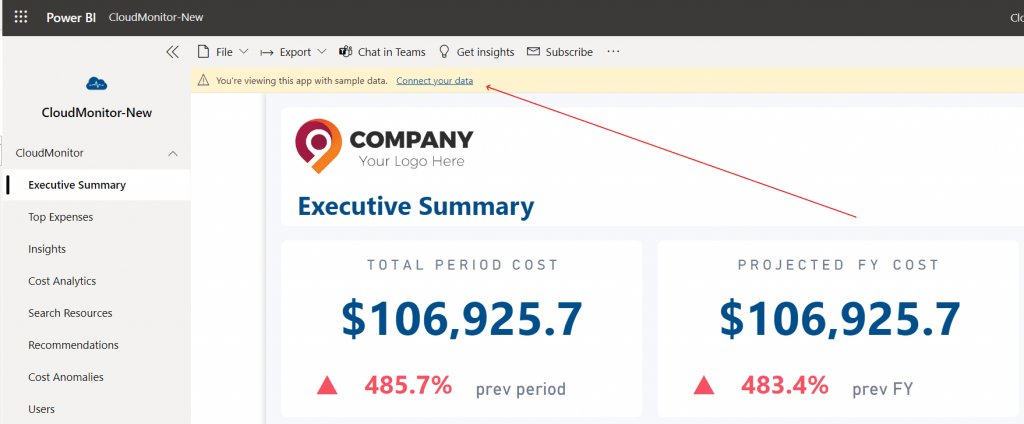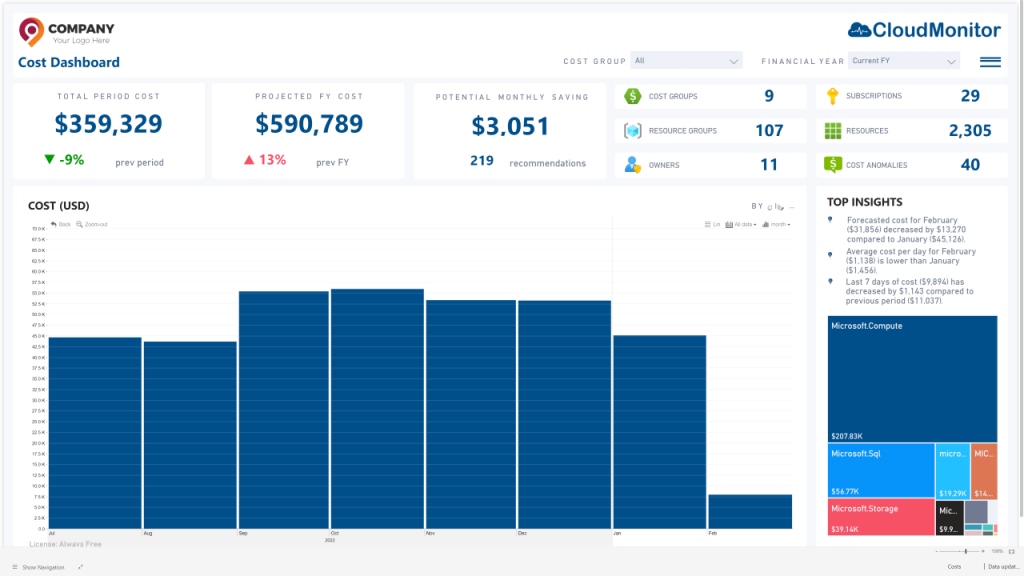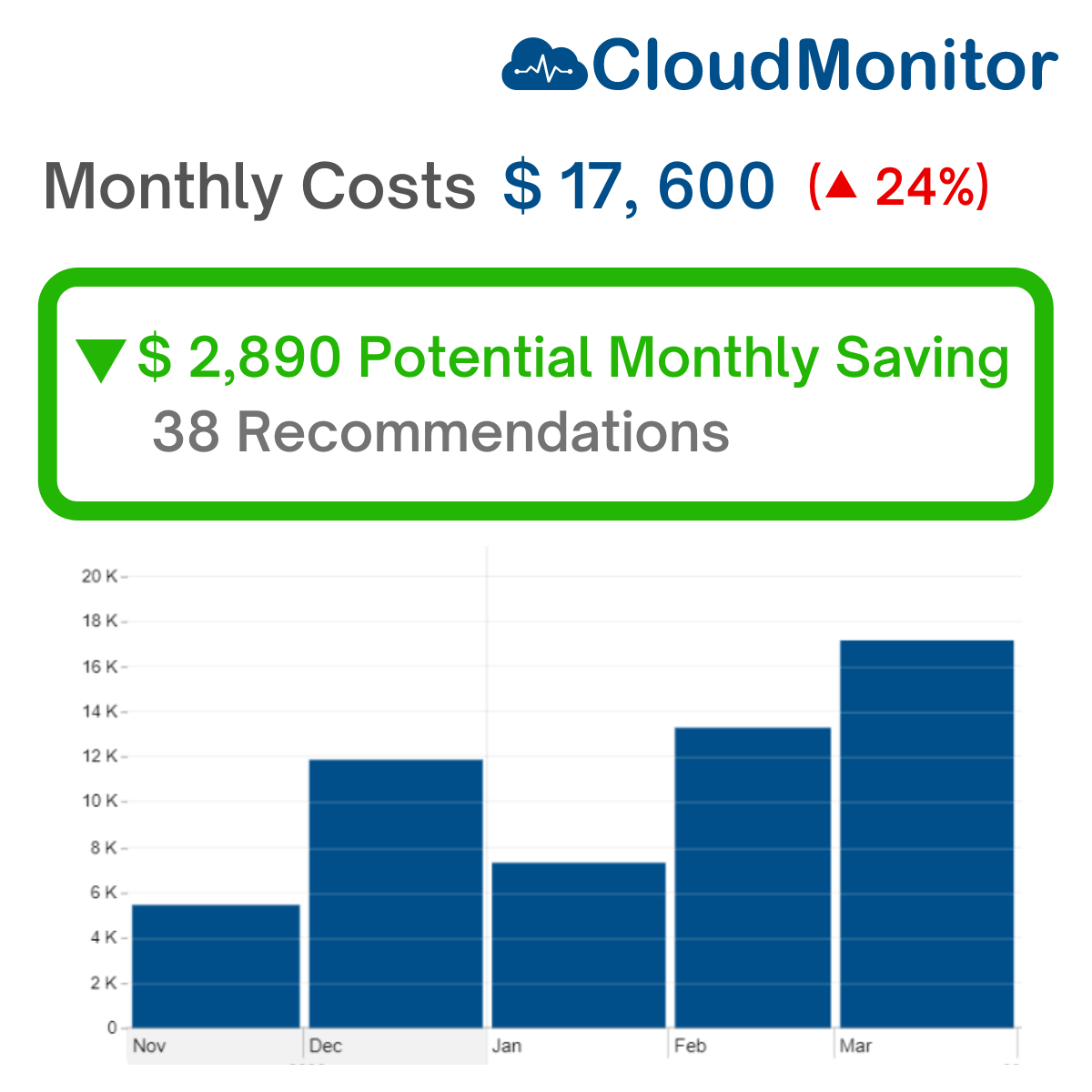Data Ingestion Capability
Data ingestion involves gathering, processing, and normalizing diverse datasets to create a centralized, actionable repository that supports informed decision-making across all cloud cost management activities.
Data ingestion is fundamental to effective FinOps practice, as it involves transforming and consolidating diverse data sets from various sources into a unified repository, enabling effective cloud cost management, reporting, cost allocation, and optimization by providing the right data at the right level of granularity, timeliness, and standardization.
CloudMonitor features related to Data Ingestion

CloudMonitor Analytics Engine
The CloudMonitor Analytics engine takes care of the transformation and processing of data sets, utilizing your API cost data, to intelligently prepare it for reporting in Power BI. This powerful engine streamlines and automates the data preparation process, ensuring that you have comprehensive and accurate insights for all your cloud cost management requirements.
Connect your Data
CloudMonitor effortlessly handles the transformation and organization of your data, regardless of its size, ensuring that you have access to detailed reports that showcase your cloud cost management with utmost simplicity. By simply connecting your data, CloudMonitor takes care of the data ingestion and normalization process seamlessly, relieving you of any effort or concerns in this regard.


Granularity
The level of granularity in analyzing cost data is crucial and should be tailored to meet the specific needs of your organization. With CloudMonitor, you have the flexibility to customize this granularity according to your requirements, allowing you to filter and analyze data at various levels, ranging from yearly summaries to daily breakdowns.
Data Ingestion Definition
Data ingestion is essential for effective FinOps practice. This process involves transforming data sets to create a queryable common repository that supports cloud cost management needs. This requires bringing together data from various cloud providers and IT data repositories, including cloud billing data, cloud usage data, cloud utilization, performance data, on-premises CMDB or ITAM data, business-specific data, and other data points. The resulting collection of cost and usage information can be queried to support and enable FinOps capabilities.
Unlike on-premises data centers, cloud vendors produce massive amounts of very granular usage and cost data. However, the challenge faced by cloud users is often that there is too much data. An effective data ingestion and normalization strategy should provide the FinOps team with the right combination of data from the right source systems, at the right timeliness, and at the right level of granularity, with appropriate standardization, augmentation, normalization, and other processing to support reporting, cost allocation, and optimization needs.
The strategy for data ingestion is driven by the needs of reporting, cost allocation, and optimization, and may differ based on the level of decision-making required. For example, data required to make decisions at a business unit level may not need as much detailed or granular information. However, FinOps teams that manage or allocate costs at a resource level may require multiple sources of data to gather resource information for some cloud providers that don’t natively provide it.
The complexity and diversity of the data increase as the number of cloud providers, usage patterns, and cost models grow. Challenges include the level of granularity, the consistency of cost and rate metrics, mismatches between similar or analogous services, the application of various types of discounts, the application of metadata to resources and hierarchies, and differences between billing and usage data provided by cloud providers, which can all provide challenges, even before considering the regular change and huge volume of data provided.
Organizations must have a comprehensive strategy for data ingestion that considers the source systems, accessibility, granularity, standardization, and processing required to support decision-making needs. By developing an effective strategy, organizations can ensure that they have access to the right data to make informed decisions and drive value from their cloud investments.

